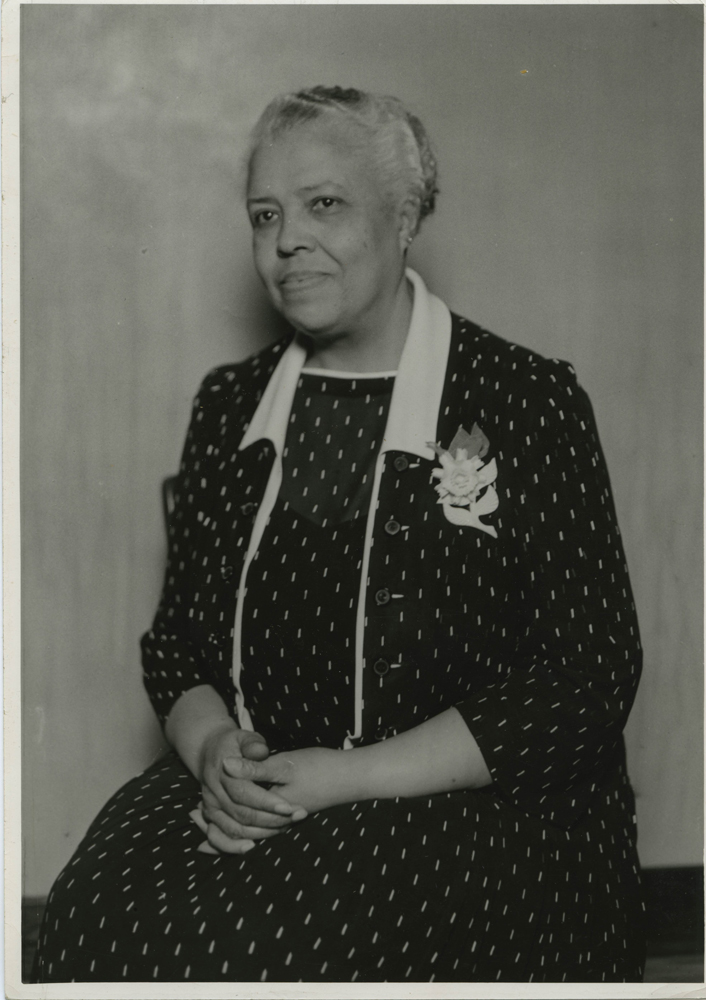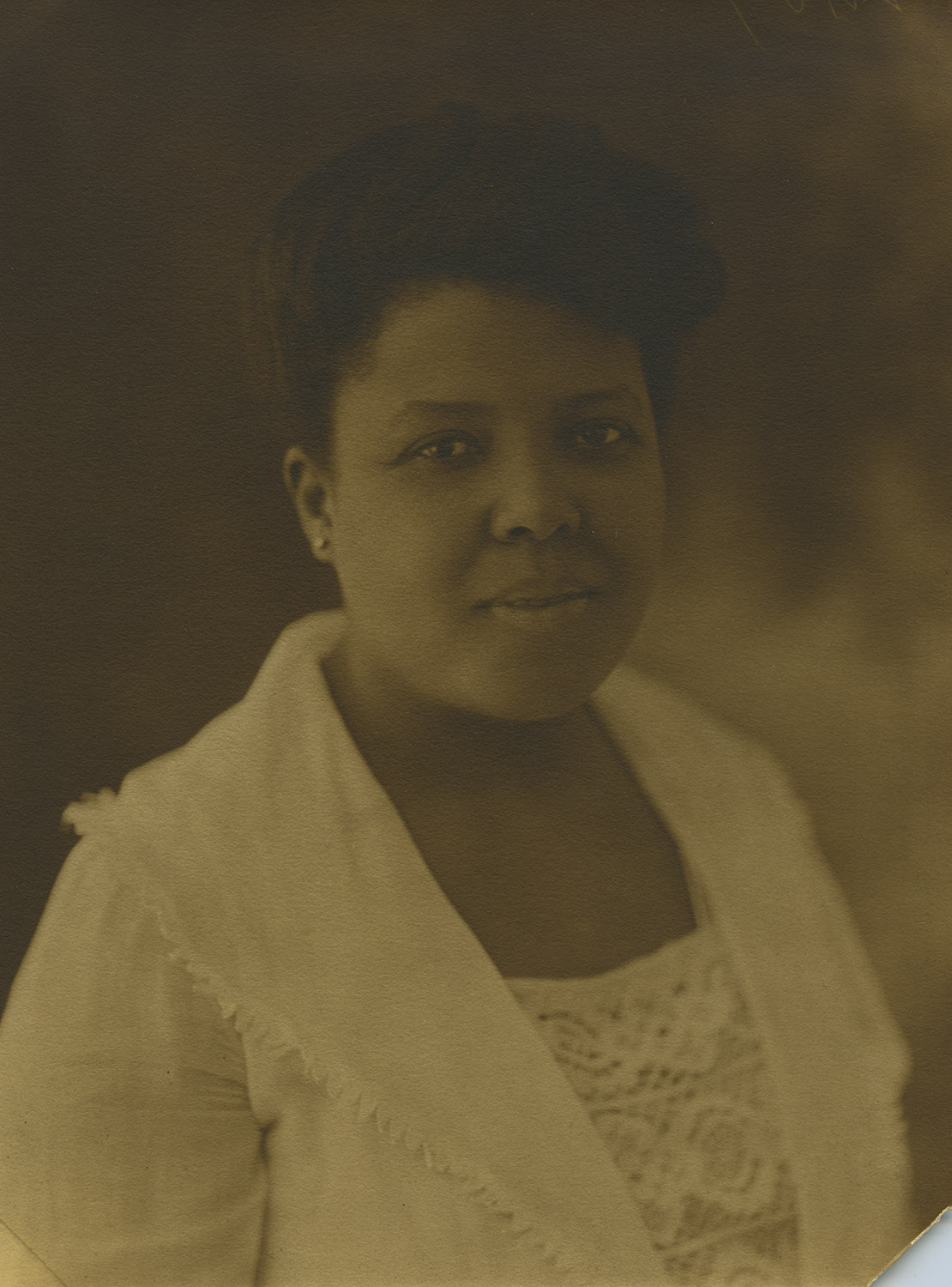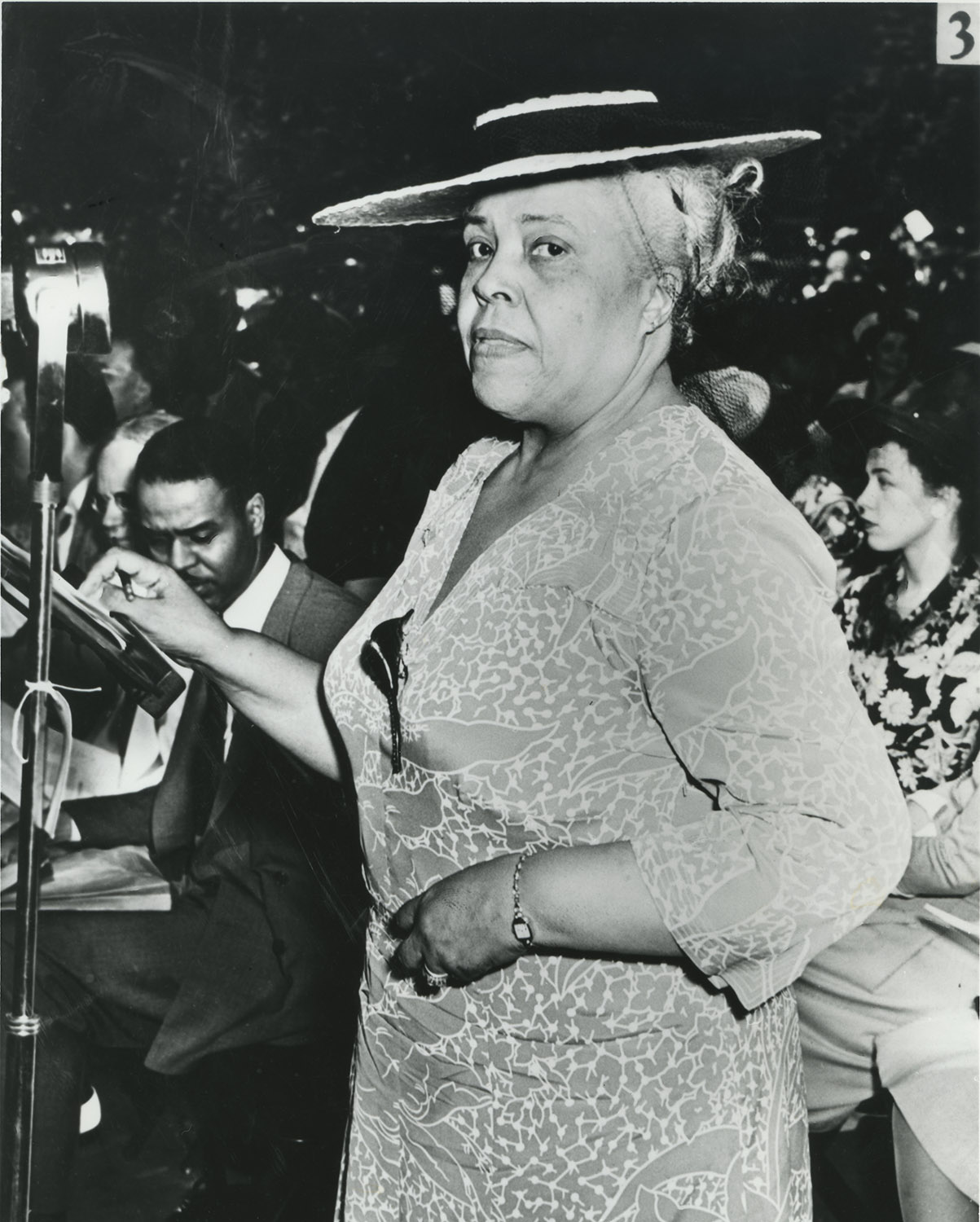
Daisy Lampkin once said that, “nothing is done unless women do it,” and throughout her life, she was a woman who did it all. Best known as a widely respected NAACP organizer, Lampkin spent decades tirelessly crusading for civil and women’s rights through a variety of local and national organizations.
Daisy Elizabeth Adams was born in Washington, D.C. in 1883, and moved to Pittsburgh in 1909, where she would spend the rest of her life.
She married William Lampkin in 1912 and soon joined the Lucy Stone Woman Suffrage League, an organization devoted to women’s voting rights. Mrs. Lampkin served as president of the organization from 1915 through 1955, overseeing its transition to the Lucy Stone Civic League after women secured the right to vote in 1920.
Following World War I, Lampkin purchased stock in the Pittsburgh Courier and eventually increased her shares in the African American newspaper until she became vice president of the Courier Publishing Company in 1929.
Influential in politics, she was twice chosen as an alternate delegate to the National Republican Convention in the 1920s and was the only woman in a group of African American leaders invited to meet with President Calvin Coolidge in 1924. Lampkin served as vice chair for the Colored Voters Division of the Republican Party and the Negro Voters League of Pennsylvania.
As an unparalleled NAACP organizer, Lampkin spearheaded a membership campaign in 1929 that added 2,000 new members to the Pittsburgh branch. Impressed with her drive, the national organization asked Lampkin to serve as a regional secretary from 1930 to 1935. She worked tirelessly for the NAACP, securing Pittsburgh as the site of the organization’s national convention in 1931.
After her promotion to national field secretary for the NAACP in 1935, Lampkin traveled the country raising money and recruiting members, once participating in 40 chapter meetings in a single month.
In 1944, she was honored for raising more money for the NAACP than anyone else in the organization’s history. The following year, Lampkin was selected as the NAACP’s Woman of the Year.
After health problems forced her to step down from her national secretary position in 1947, Lampkin remained involved with the NAACP by becoming the first woman on the national board of directors, a position she held for 17 years.
In addition to her work with the NAACP, Lampkin served on the board of directors for the National Association of Colored Women, the Urban League of Pittsburgh, Delta Sigma Theta sorority, and the Council of Churches. She was a charter member of the National Council of Negro Women and belonged to the National Suffrage League, Pittsburgh’s chapter of the American Red Cross, and Hill City, a local youth initiative.
While attending an NAACP membership drive in New Jersey in October 1964, Lampkin suffered a stroke and passed away five months later on March 10, 1965.
Visitors can learn more about local African American history as part of the History Center’s long-term exhibition, From Slavery to Freedom. Also, learn more about the History Center’s Women Forging the Way initiative and download and print a Daisy Lampkin coloring page.
This post was originally written by Breanna Smith, former communications assistant at the Heinz History Center.

